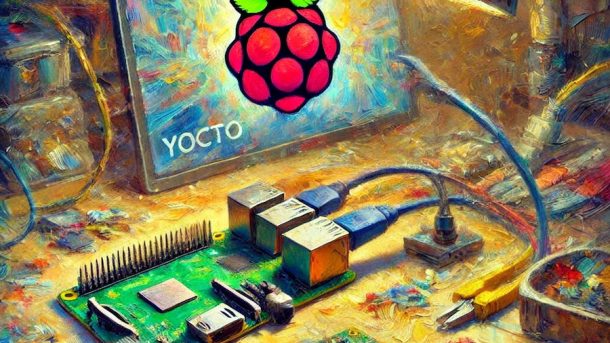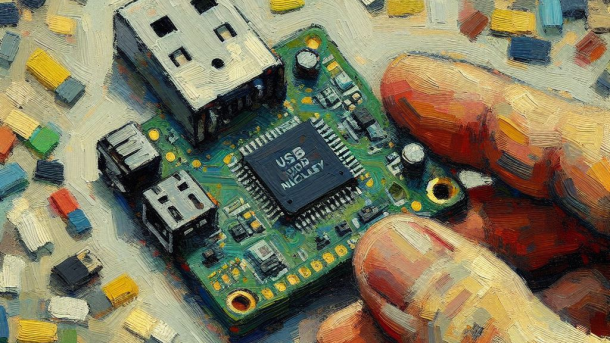This is the promised follow-up to my earlier Syzkaller text. This time I’ll show how to make Syzkaller work on an actual hardware that is not emulated.
Continue reading...Adding Key-Based SSH Authentication to Yocto
This text is supposed to be a quick crash course on the different keys used in SSH servers, and how to generate and use them in Yocto.
Continue reading...Fuzzing Yocto Kernel Modules with Syzkaller
As a follow-up to my black-box fuzzing text, I will present a more accurate approach to fuzzing using Syzkaller and grey-box fuzzing.
Continue reading...Raspberry Pi 4, LetsTrust TPM and Yocto
Getting LetsTrust TPM module working with Yocto was fairly simple but there were a few things I learned along the way that may be worth sharing.
Continue reading...Yocto Hardening: Measured Boot
So far we have mostly been focusing on hardening the kernel and userspace, but this time we will zoom out a bit and take a look at securing the entire system.
Continue reading...Making USB Device With STM32 + TinyUSB
Have you ever wondered how USB devices are made? I sure have. Follow this tutorial to see how to create a simple USB device.
Continue reading...Black-Box Fuzzing Kernel Modules in Yocto
It’s been almost ten years since I wrote my thesis. It was about guided fuzz testing, and as usual, I have done no actual work related to the topic.
Continue reading...Yocto Emulation: Setting Up QEMU with TPM
Last time we got QEMU to launch u-boot, started kernel, and mounted a virtual drive. This time we are “just” going to add a TPM device to the virtual machine.
Continue reading...Yocto Emulation: Setting Up QEMU with U-Boot
Yocto provides a script for using QEMU in the form of runqemu. However, that script just boots up the kernel using whatever method QEMU considers the best.
Continue reading...My First Plug-In: Pastel Distortion
t’s time to finish a project. Lately, I have been mostly interested in embedded tinkering, but I’m also fascinated by audio and DSP programming.
Continue reading...













